Best
Acoustic Piano
-
Overall: Designed With Smaller Spaces In Mind, Yet Still Features A Full 88-Note Keyboard.
-
Best Feature: Exceptionally Solid Construction and Equipped with With Robust and Rich Tone
-
TedScore™: 9/10
Best
Digital Piano
-
Overall: Enjoy A Refined Playing Experience With Details Like Let-Off Simulation
-
Best Feature: Compact & Stylish Design With Two Track Playback Recording Feature
-
TedScore™: 8/10
Best
Keyboard
-
Overall: With Built-In Piano Lesson Functions And Song Bank With Over 150 Songs
-
Best Feature: Easy-To-Use Functions For Beginners And Advancing Players. Compact And Portable Design
-
TedScore™: 8/10
Feeling puzzled by the difference between a piano and a keyboard? Been in those shoes, pondering over whether a new keyboard can mimic the majestic sound of a grand piano.
It’s not just the keys; it’s the weight, feel, and how each one responds to your touch. Pianos have a more natural playing feel because of their weighted keys and the sound of vibrating strings.
In this article, I’ll help you choose whether you’re a new musician or an experienced player who wants something easy to travel with. Ready to find the best instrument for you? Let’s go!

The 5 Main Differences between Piano and Keyboard
When it comes to musical instruments, the piano and keyboard can be easily confused. Let’s take a look at the five main differences between the two.
Touch and Feel
Piano keys are heavier and carry the weight of the strings behind them, whereas keyboards are lighter because their piano sounds is electronically produced.
A piano also has a sustain pedal ‘inbuilt’, whereas most keyboards don’t.
Portability and Size
Pianos are usually large and designed to stay in the same place. In contrast, many keyboards are very light and can be transported easily.
Action
The “action” of a keyboard or piano refers to how the keys respond when being pressed down. Pianos, being acoustic instruments, usually have more action and a weighted feel to them when played.
Digital pianos tend to have weighted keys, keyboards sometimes do, but more often then not, don’t.
Key Arrangement
All pianos have keys of the same width, and most decent keyboards have the same as a standard piano.
Sound
Piano sound is made and amplified physically because it’s an acoustic instrument. Keyboards, being electronic, make sound electronically! This means you can change the volume using a knob.
The volume knob on a keyboard is often the biggest benefit over a piano; you can play anytime with headphones (so your neighbors don’t get mad), which is a huge plus.
Which to Choose: Piano or a Keyboard?
If you are a beginner and trying to decide between a piano or a keyboard, it all comes down to the type of music you want to play and where you plan to play it.
If you’re looking for a more traditional piano experience and have the physical space and money, then an acoustic piano may be the right choice for you. On the other hand, if you’re looking for a more modern sound and need the flexibility of playing at various locations (or in silence), then a keyboard may be your best option.
Benefits of Playing the Piano
Playing the piano can be great for your mental health! Studies show that playing piano can help you feel less anxious, lonely, and sad. It’s also good for your body and brain, like making your hands more coordinated and helping with math.
You’ll also learn to keep trying, which is an important life skill. And don’t forget how playing pretty music can make you feel calm and present in the moment.
Yamaha U1 Acoustic Piano
The Yamaha U1 Acoustic Piano is a premium, professional-grade upright piano renowned for its exceptional sound quality, responsive touch, and durability.
Crafted with the finest materials and attention to detail, this piano features a solid spruce soundboard, Yamaha’s exclusive scale design, and a precisely balanced action that delivers a rich, expressive tone and a smooth, even playing experience.
Yamaha U1 Acoustic Piano
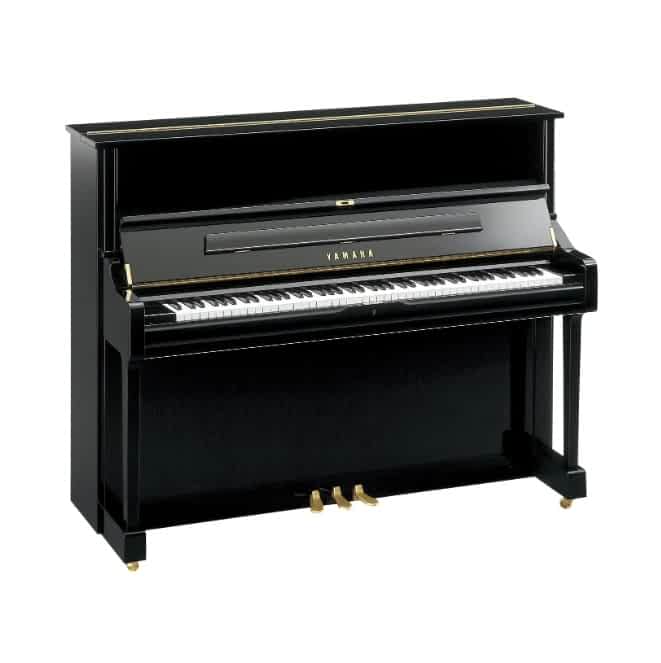
FEATURES: vailable in several finishes; built with high-quality materials, providing a warm and smooth sound produced
OTHER INFO: Three pedals (soft, middle, and sustain)
- Produces a warm and rich tone
- The acoustic piano has a solid construction
- Sophisticated design
- Not suitable for musicians on a budget
When you click ‘Check Price’, you’ll see there are loads of great places to buy this item. Our personal favorite is Sweetwater for the US, and Thomann and Gear4Music for the UK & Europe.
They are the largest music retailers, with excellent customer service, competitive prices, really fast shipping, and the longest guarantees.
The professional musician who wrote this article combined many things,
from the product build, manufacturer’s reputation through to feedback
from other users, to create our famous TedScore™.
Gear4Music DP-12 Digital Piano
The Gear4Music DP-12 Digital Piano is an affordable, feature-rich instrument that offers a realistic playing experience for beginners and intermediate pianists.
This digital piano features 88 fully weighted keys with hammer action, providing an authentic feel and response similar to an acoustic piano.
Gear4Music DP-12 Digital Piano
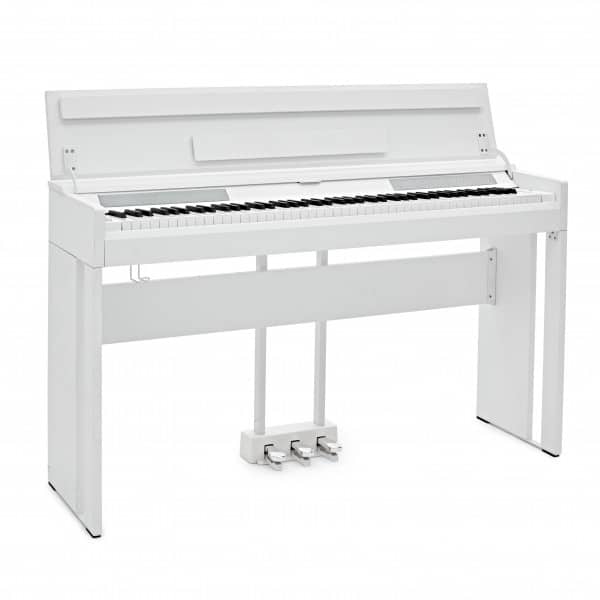
FEATURES: Compact modern digital piano with two-track playback recording, 32 built-in voices, and different modes
OTHER INFO: This digital piano can be ordered as a package with a matching stool
- Compact and good-looking
- Included sustain pedal
- Has a USB port
- Four built-in speakers
- Built-in metronome
- Provide beautiful sounds
- No Bluetooth
When you click ‘Check Price’, you’ll see there are loads of great places to buy this item. Our personal favorite is Sweetwater for the US, and Thomann and Gear4Music for the UK & Europe.
They are the largest music retailers, with excellent customer service, competitive prices, really fast shipping, and the longest guarantees.
The professional musician who wrote this article combined many things,
from the product build, manufacturer’s reputation through to feedback
from other users, to create our famous TedScore™.
Casio CT X700 Portable Keyboard
The Casio CT X700 Portable Keyboard is a versatile, feature-packed instrument that offers an impressive range of sounds and functions for musicians of all levels. This 61-key keyboard boasts Casio’s AiX Sound Source, providing 600 high-quality tones and 195 rhythms across various musical genres.
With its touch-responsive keys, built-in lesson functions, and USB connectivity for MIDI and audio transfer, the CT X700 is an excellent choice for learning, practice, and music production in a portable, user-friendly package.
Casio CT X700 Portable Keyboard

FEATURES: Easy-to-use functions for beginners and advancing players.
OTHER INFO: With built-in piano lesson functions and song bank with over 150 songs
- Experiment with Casio's new AiX sound source
- Easily learn to play songs with the Step-Up Lesson system
- Price slightly higher than other brands
When you click ‘Check Price’, you’ll see there are loads of great places to buy this item. Our personal favorite is Sweetwater for the US, and Thomann and Gear4Music for the UK & Europe.
They are the largest music retailers, with excellent customer service, competitive prices, really fast shipping, and the longest guarantees.
The professional musician who wrote this article combined many things,
from the product build, manufacturer’s reputation through to feedback
from other users, to create our famous TedScore™.
Difference Between Keyboard and Piano
Summary
Choosing between a keyboard and a piano depends on your needs and preferences.
Keyboards are portable electronic devices that often come with various sounds and features.
Pianos are acoustic, have a rich, resonant sound, and offer a more tactile playing experience.
- While keyboards offer convenience and versatility…
- Pianos provide an authentic feel and dynamic musical expression.
In short, your choice depends on your musical goals and lifestyle. Do you want portability and variety? Or do you crave that traditional, immersive piano experience? The decision is yours!
So go ahead and get creative – have fun learning the piano or keyboard!
FAQ's
The main difference between a piano and a keyboard is that a piano is an acoustic instrument that produces sound through vibrating strings. In contrast, a keyboard is an electronic instrument that produces sound digitally. Pianos also have weighted keys and a fixed size, while keyboards have lighter and more portable keys.
It doesn’t matter if you learn on an acoustic piano, or an electronic keyboard, they are essentially the same for learning purposes. Digital keyboards do have an advantage in that you can play them with headphones so to not disturb others.
It can be harder to play the piano than electric pianos/electronic keyboards, depending on your experience and the type of instrument you’re using. Keyboards usually have softer keyboard actions, which can make it easier to play music at a beginner level.
It’s perfectly OK to learn piano on a keyboard! Having keyboard lessons and having piano lessons are essentially the same thing. It’s just one involved you playing an electronic instrument, the other you play piano. However, unlike pianos of the acoustic variety, you can plug in headphones into electronic pianos which can be really helpful in learning piano where you might be disturbing others.




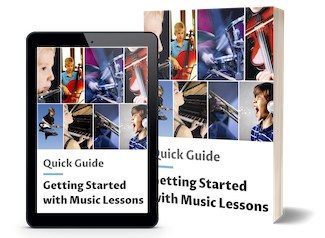





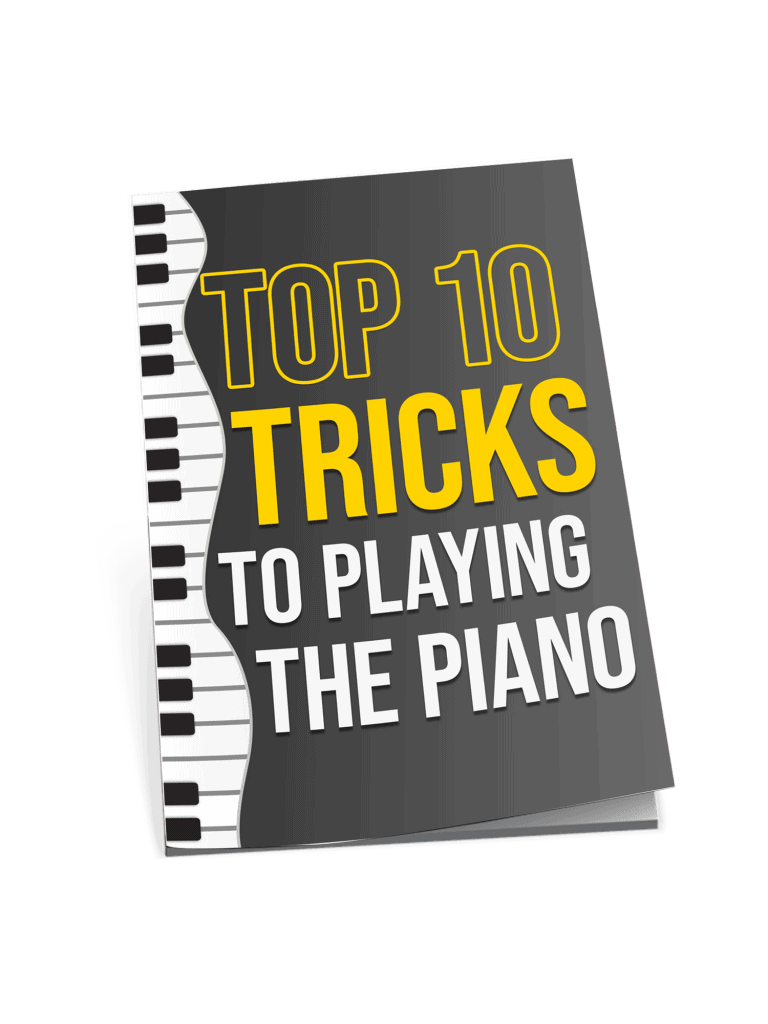
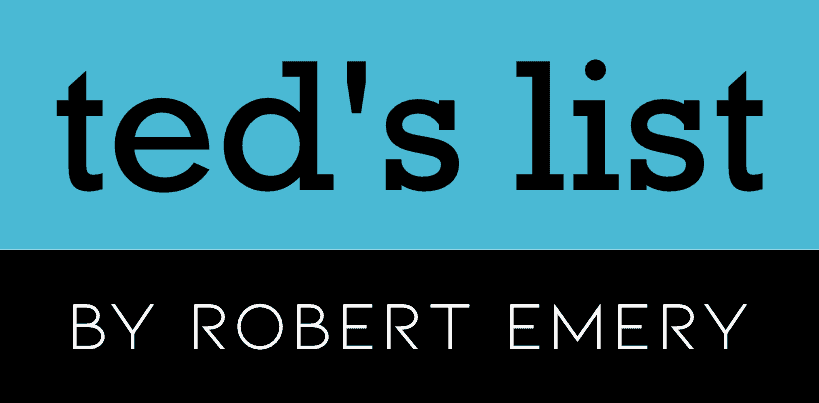
While the article touches on key differences between pianos and keyboards, I think there’s more depth to the ‘Action’ point. For instance, weighted keys on a digital piano can mimic the action of an acoustic quite well, but it varies significantly between models. It’s not just a binary difference but a spectrum depending on the technology used in the keyboard. Would love to see a deeper comparison there.
Loved your dive into the history of both acoustic and digital pianos, Robert Emery! It’s fascinating to see how far we’ve come from the original instruments to the high-tech versions available today. It really makes you appreciate the evolution of music technology. Great read!
so digital pianos huh? i’ve seen a few with apps and stuff, which is cool. does connecting to apps make learning easier, you think? anyone tried it? i’m kinda curious but don’t want to waste money if it’s just a gimmick.
Using apps can actually be a huge help, especially for beginners. It’s not just about the novelty; it has practical benefits like real-time feedback and interactive learning. Def not a gimmick if you’re serious about learning.
Really appreciated the section on the differences between a piano and a keyboard. I’ve been debating which to add to my home for practice. The points on touch and feel, along with portability, helped a lot. Maybe leaning towards a keyboard now for the convenience.